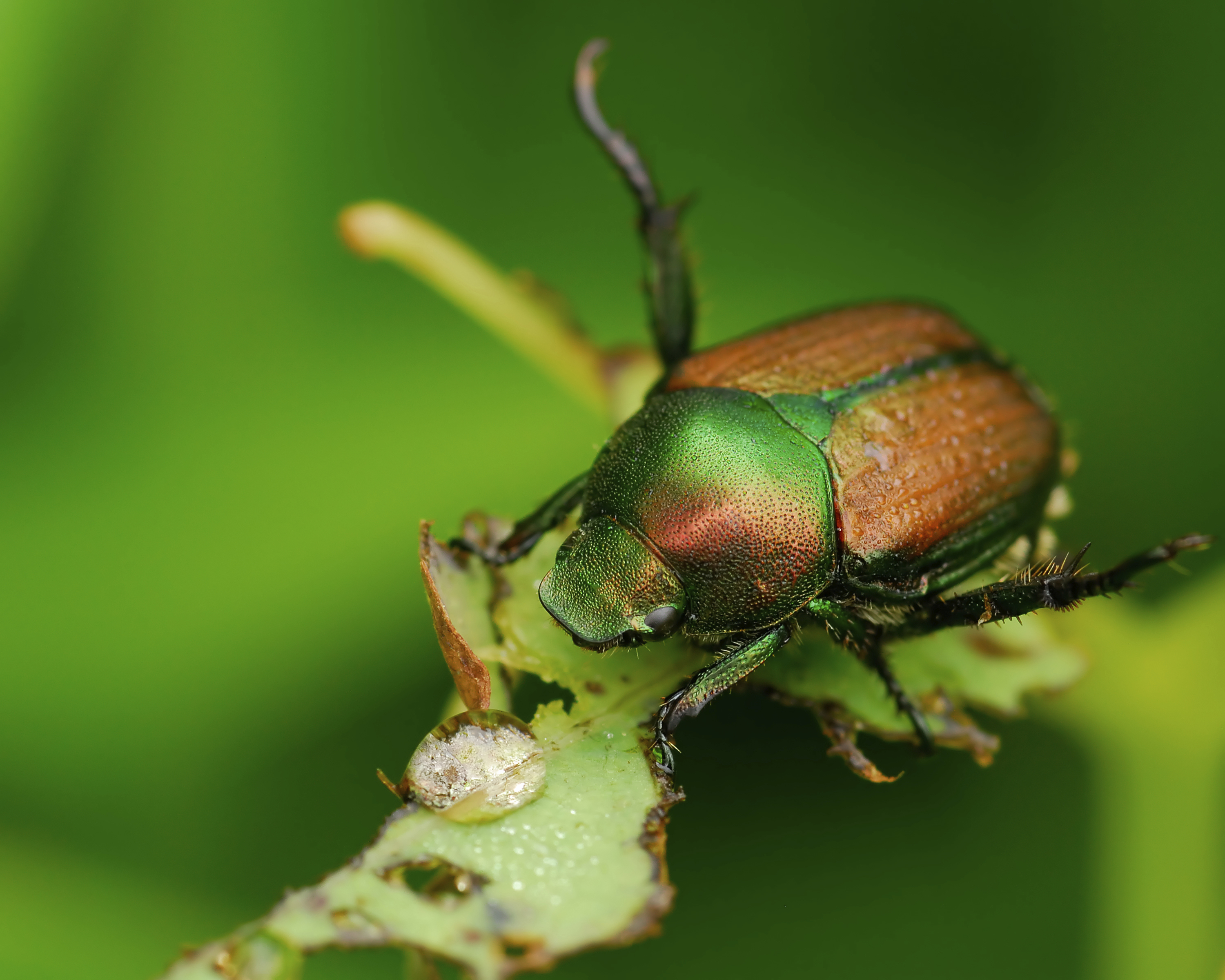japanese beetle life cycle colorado
What is the life cycle of the Japanese beetle. Japanese beetles have a one-year four-stage life cycle like butterflies but JBs take one full year.
The egg-larva-pupa-adult life cycle begins when the adult beetles emerge from their winter home spent as larva and pupa below turf grass.

. Scent of the Missing -- Love and Partnership with a Search and Rescue Dog. The adult female beetle burrows into the soil laying up to 60 eggs. Japanese Beetle in Colorado The Japanese beetle is an invasive pest that was introduced into the eastern United States over 100 years ago.
For commercial nurseries and garden centers in Colorado Japanese beetle is analogous with a. In Colorado Japanese beetle will likely develop high populations only in sites where there is extensive areas of irrigated grass. Through winter the Japanese beetle in the larval stage a white grub found within soil.
Japanese beetles have a one-year. The progressive life stages of the Japanese beetle during that period are egg larva white grub pupa adult. They are sun worshippers and feed the heaviest in temperatures between 85 and 95 degrees.
Since the early 1900s the insect has made its way West moving long distances in nursery stock root balls of trees shrubs and turfgrass plants sold in trade and about 1 to 5 miles per year on its own. Grub The eggs hatch within the next 8-14 days and tiny grubs emerge out. The Japanese beetle was first introduced into Colorado in the early 1990s from nursery stock purchased in the mid-western United States.
In late summer the eggs hatch into grubs. Japanese beetle has a life cycle that takes one year to complete. The female Japanese beetle life span is about 30-45 days during which she can lay about 40-60 eggs.
Straight from Colorado State University Extension these beetles chew on flower blossoms and leaves of many commonly grown plants. Japanese beetles go through a one-year life cycle but if you have a yard you care about the real joy with beetles comes in the second half of the summer in Colorado. The progressive life stages of the Japanese beetle during that period are egg larva white grub pupa adult.
Larvae live in the soil where they feed on plant. When the larvae hatch they immediately tunnel into the tree. Larvae and eggs of Japanese beetle need at least 10 inches of soil moisture to thrive.
For instance in its native Japan the beetles life cycle is two years long as a result of the higher latitudes of the grasslands required for the larval stage. They emerge from the soil in June and are most actively. The progressive life stages of the Japanese beetle during that period.
The life cycle of the Japanese beetle is typically one year in most parts of the United States but this can be extended in cooler climates. The best way to control adult beetles is to make a preemptive strike in the spring well in advance of the adults emerging. Leaves turn brown and prematurely fall off.
What is the life cycle of the Japanese beetle. Adults may begin to emerge from the soil in early June and are usually most abundant in early summer from late June through early August. Adults emerge from late June into summer.
The Japanese beetle has a one year life cycle. Scientists and experts were caught off guard by the ability of the pest to establish itself in our region thinking that Japanese beetle an insect that likes moisture and humidity would never become a problem in the semi-arid Colorado climate. Adult beetles are most active in the heat of the day and are voracious feeders on ornamental and agricultural plant.
A Japanese beetle life cycle is completed in one year. Adult beetles emerge during May and June and lay eggs in the soil. Japanese Beetles have one generation per year and adult females lay 40-60 eggs in the soil that hatch into grubs about 10 days later4.
The Japanese beetle is a new arrival to Colorado and presently 2018 found in several areas of the Front Range including most of the Denver Metro area Boulder and Pueblo. Around the very end of June or early in July the adult beetles will emerge from your lawn and start showing up on your plants. A non-fiction book by Susannah Charleson published April 2010 by Houghton Mifflin Harcourt.
Female buprestid adults usually deposit eggs on the host tree in the crevices of bark. Japanese beetles start eating at the tops of plants and work downward. Biology and Life Cycle one-year complete life cycle from egg larva pupa adult.
As adults Japanese beetles can be found feeding and mating on foliage and flowers of their host plants. Colorado was originally thought to be protected from invasive Japanese beetlePopillia japonicacolonization and establishment due to our semi-arid climate. Adult beetles can be detected in traps until early September depending on weather conditions.
In Colorado adult beetles emerge from the soil mid to late June with peak emergence occurring in mid to late July. Japanese beetle has a one year life cycle. Most May and June beetles have a three-year life cycle Figure 10.
Egg larva pupa and adult. With understanding of the Japanese beetles life cycle and the management options that can be used during the larval and adult stages well continue to enjoy our landscape plants and gardens for many years. However some adults may be found into September.
Adult beetles are most numerous in July but may persist well into August. Please take a few minutes and complete the Japanese Beetle Plant Survey to help with a regional plants list of plants they like and dont like. After this spring feeding period during the third summer of its life cycle the grub.
Each female lays up to 60 eggs as an. During the larval stage the white grubs. Like all beetles jewel beetles undergo complete metamorphosis with four life cycle stages.
Adults usually emerge in June females begin egg laying until September. Japanese Beetle in Colorado The Japanese beetle is an invasive pest that was introduced into the eastern United States over 100 years ago. Beetles quickly skeletonize the foliage by chewing in between leaf veins leaving a lacy appearance.
The grubs feed until October and will remain inactive until spring March April when they start to feed again. Japanese beetles have a one-year complete life cycle from egg larva pupa adult. It is unlikely that it would.
Adults usually emerge from grass turf where they finished their underground life cycle in June to early July. In the southeast grubs will pupate in May with adults emerging in June starting the process over. Unlike other white grub species.
Following their life cycle will help in understanding when and what control products to use. Japanese beetle has a life cycle that takes one year to complete. The larvae bore winding galleries in the wood as they feed and.
Knowing a little about this insects life cycle will help in managing and minimizing the damage.

How To Survive The Coming Japanese Beetle Invasion Denver Public Library
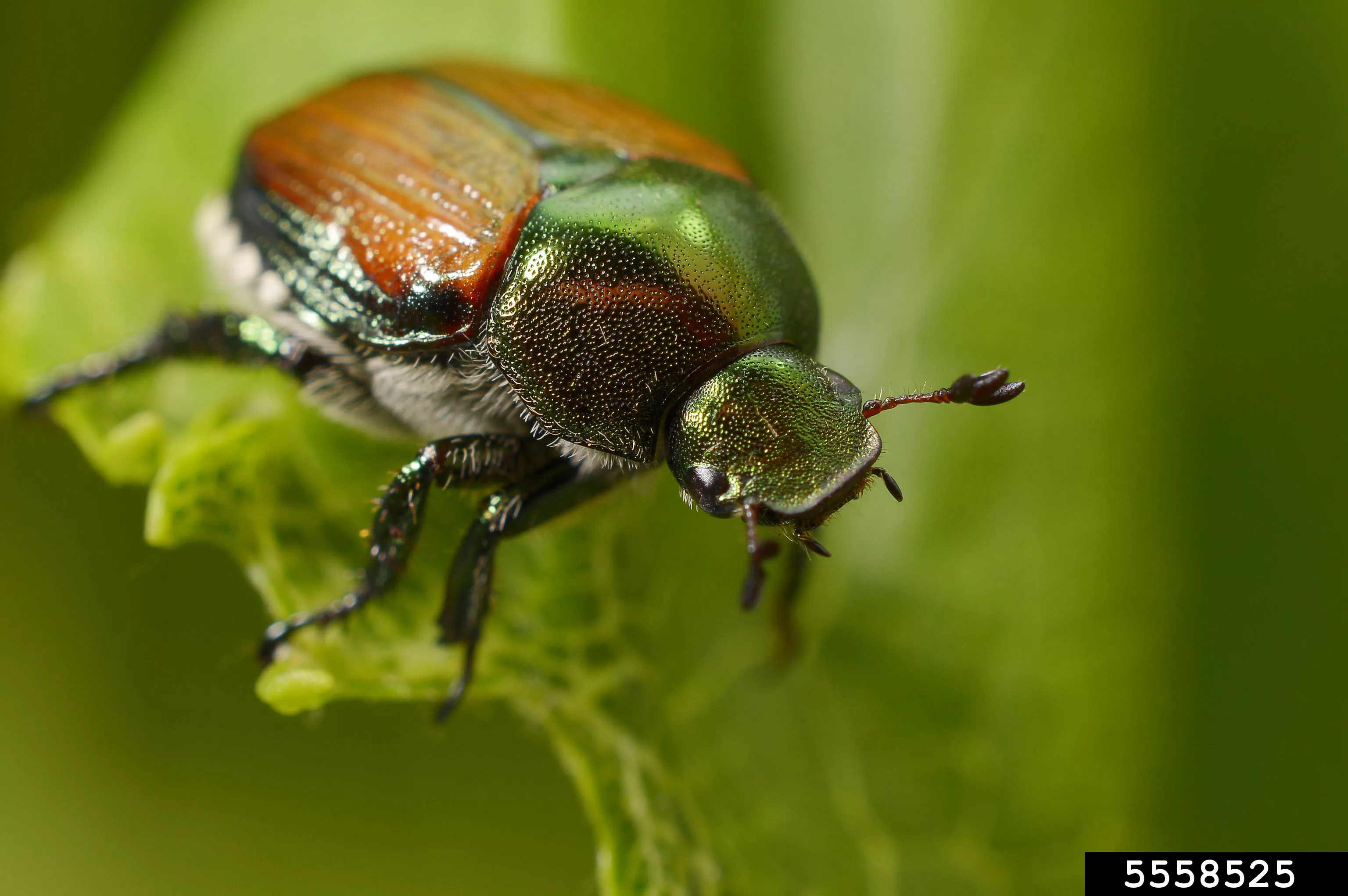
Japanese Beetle In Colorado Department Of Agriculture

Japanese Beetle Habitat Facts How To Get Rid Of Japanese Beetles Safer Brand

9 Scents That Japanese Beetles Hate And How To Use Them Pest Pointers
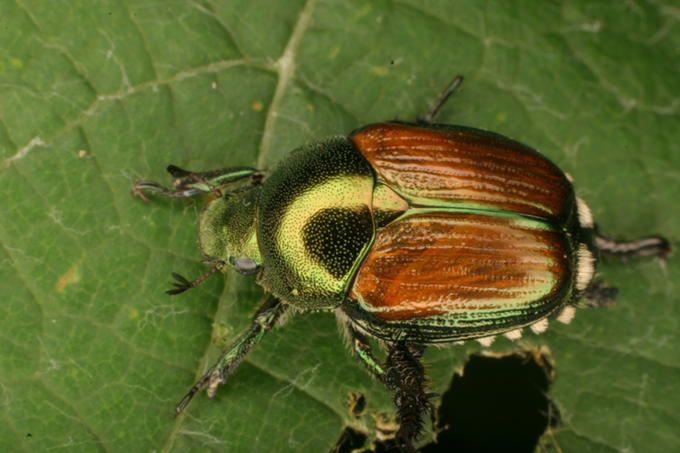
Tagawa Has The Tools You Need To Fight Japanese Beetles
Tagawa Has The Tools You Need To Fight Japanese Beetles
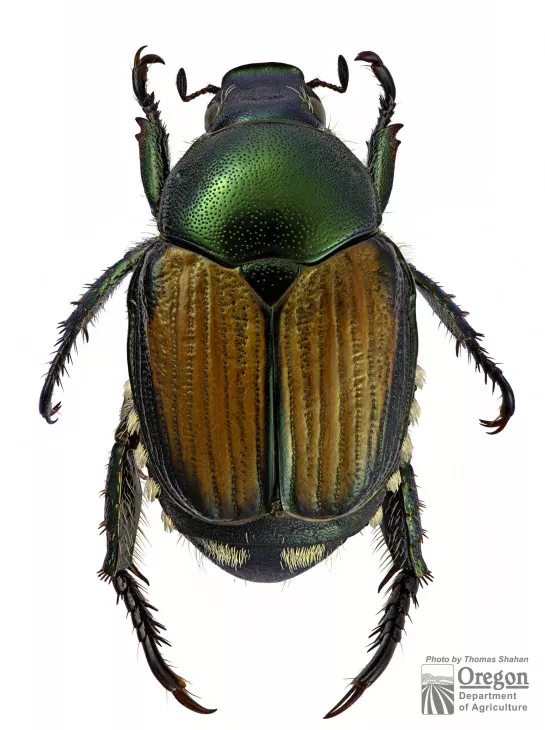
Japanese Beetle In Colorado Department Of Agriculture

How To Get Rid Of Japanese Beetles Effectively 2022 Pestkilled

Japanese Beetles Are Heading Back To Our Gardens Here S How To Fight Them Off The Denver Post
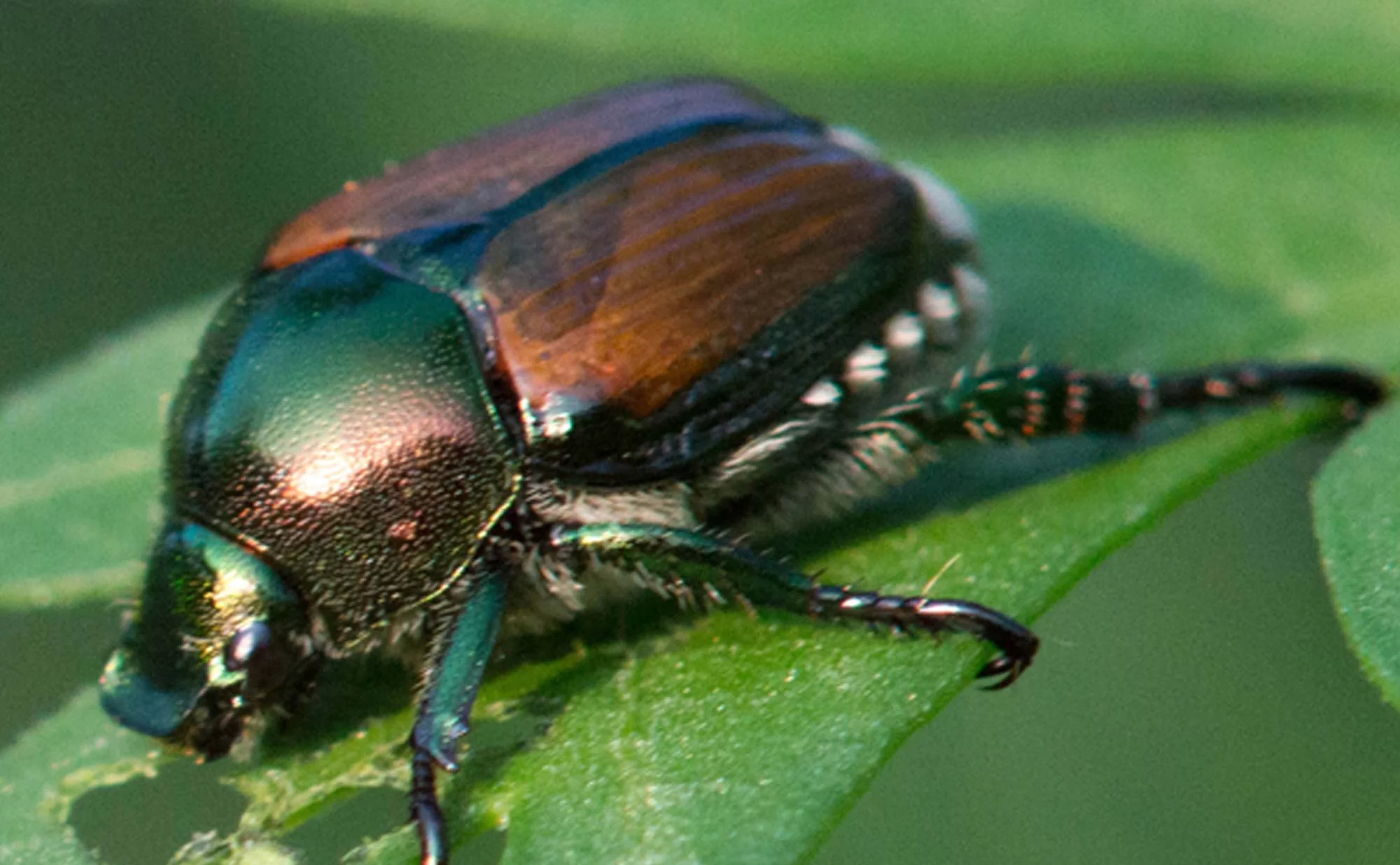
Schedule My Japanese Beetle Treatment Today Rainbow Treecare

How To Control Japanese Beetles Organically Japanese Beetles Garden Pests Garden Pest Control

Colorado Garden Punch List Betty Cahill Japanese Beetle Update July August 2017

How To Get Rid Of Japanese Beetles In Your Yard
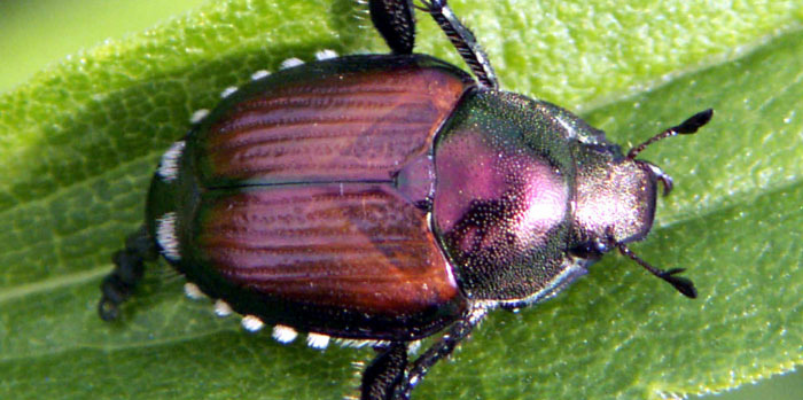
Cdfa Plant Health Japanese Beetle

Get Ready For Japanese Beetles Ross Tree Company Denver Colorado

Tips On How To Control Japanese Beetles In Colorado

Effective Management Remains Elusive For Beetle That Eats Almost Anything

